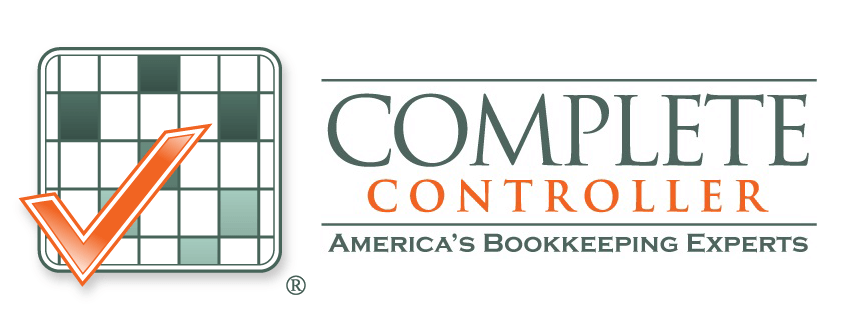Nestlé’s corporate culture emphasizes efficiency and high standards regarding its stakeholders, customers, and the environment. Every day, Nestlé works towards making its products healthier and tastier. Achieving this goal relies heavily on its capabilities in research and development and nutrition science.
Nestlé’s mission is to become the world’s leading provider of nutrition and healthy food. Their slogan, “Good food. Good Life,” reflects their commitment to offering consumers the best-tasting and most nutritious products available.
The company is dedicated to continuous improvement in various areas, including management, leadership, manufacturing, innovation, product development, and research for both new and existing products.

Nestlé has Six Strategies
Nestlé employs six key strategies designed to enhance its market leadership and foster deeper connections with consumers and stakeholders. These strategies focus on harnessing innovative ideas, understanding trends, and ensuring quality engagement, all of which aim to promote health and wellness across its product offerings.
- Give a front seat to your ideas, and put the sources behind the health and wellness of a leadership
- Check the opportunity in trends and change
- Value your consumer
- Put your stakeholders, and consumers engage
- Make sure the connection is deepened, consumers
- Right people and the right capabilities for leadership
The SWOT analysis for Creative and Innovative Management
SWOT analysis is a strategic planning tool that helps organizations evaluate their Strengths, Weaknesses, Opportunities, and Threats. In the context of Creative and Innovative Management at Nestlé, this analysis provides valuable insights into the company’s capabilities and challenges, enabling it to foster innovation and maintain its competitive edge in the market.
Strengths
- Leading the market
- Loyalty in a brand
- Different distribution channels
- Different innovations in the brand
- Skilled labor
Weaknesses
- The target market is only the higher-class
- Operations complexity
- Scandals like child labor, horse meat, etc.
Opportunities
- High credibility
- Potential to spread in small towns
- Trends that are improving
- Leadership to industry
- The partnership can be increased
- Different products and their offerings
Threats
- The biggest competitors in the market
- Raw materials and their increasing price
- Rivals known as Unilever, Master Food, and Kraft
- Products that are the substitute
- Buyers’ bargaining powers

The PESTLE Analysis for Creative and Innovative Management
In this section, we will explore the PESTLE Analysis specifically applied to Creative and Innovative Management at Nestlé. This framework will help us understand how external factors influence Nestlé’s strategic decisions and foster an environment of creativity and innovation within the organization.
Political
- Food standards, marketing actions, and changing regulations,
- The process of internationalization,
- New global changes.
Economic
- Must know economics, inflammation, and levels of income.
- The sudden change of budgets consumers.
- The rise in the price of goods and materials.
Social
- Step forward towards healthy products, supportive, healthy diet
- Changing lifestyle
- Knowledge of the behavior of a consumer
Technological
- Interacting with firms, social media rise
- Through technological developments, innovation is fulfilled
Legal
- Changing the nature of regulation. Change like regulations
- Changes of law from different or across international markets
Environmental
- Increased attention directed toward corporate social responsibility
- Increased social responsibility
- of consumers regarding the environment

Assess the Risks and Benefits of Creative and Innovative Management Ideas
Effective risk management is essential for fostering creative and innovative management. It involves assessing and identifying resources to address unexpected circumstances. Implementing risk measures plays a crucial role in helping organizations navigate the challenges of innovative and creative management. For example, Nestlé is actively working on managing risks across its multinational operations. The company has implemented web-based active risk management systems globally to facilitate information sharing and ensure that teams are updated in real-time.
Therefore, it is necessary to examine all sub-factors in the risk process:
Technological risk
Technical feasibility increases the risk. Advanced technology and obstacles in Research & Development are additional risks in technology innovation.
Market risk
Market risk arises from uncertain market size and competitive industry. Market risk includes customer demands, the economy, and product competition.
Financial risk
Lack of capital and lack of financial management are the most concerning financial risk factors.
External environment risk
External environment risk usually arises from the political, social, economic, and technological environments, which create a gateway to the external environment.
All organizations desire change and growth, but the nature of that change can vary. Change may occur due to external influences or because a company recognizes that it is not operating effectively and needs to implement improvements. Consequently, change models are crucial for organizations. These models help facilitate the implementation of creative and innovative management ideas.
For organizational improvement, the Initiating, Diagnosing, Establishing, Acting, and Learning (IDEAL) model can be employed to plan, initiate, and implement changes. Utilizing the IDEAL model allows organizations to create an environment conducive to successful improvement efforts.
 About Complete Controller® – America’s Bookkeeping Experts Complete Controller is the Nation’s Leader in virtual bookkeeping, providing service to businesses and households alike. Utilizing Complete Controller’s technology, clients gain access to a cloud platform where their QuickBooks™️ file, critical financial documents, and back-office tools are hosted in an efficient SSO environment. Complete Controller’s team of certified US-based accounting professionals provide bookkeeping, record storage, performance reporting, and controller services including training, cash-flow management, budgeting and forecasting, process and controls advisement, and bill-pay. With flat-rate service plans, Complete Controller is the most cost-effective expert accounting solution for business, family-office, trusts, and households of any size or complexity.
About Complete Controller® – America’s Bookkeeping Experts Complete Controller is the Nation’s Leader in virtual bookkeeping, providing service to businesses and households alike. Utilizing Complete Controller’s technology, clients gain access to a cloud platform where their QuickBooks™️ file, critical financial documents, and back-office tools are hosted in an efficient SSO environment. Complete Controller’s team of certified US-based accounting professionals provide bookkeeping, record storage, performance reporting, and controller services including training, cash-flow management, budgeting and forecasting, process and controls advisement, and bill-pay. With flat-rate service plans, Complete Controller is the most cost-effective expert accounting solution for business, family-office, trusts, and households of any size or complexity.




